8.8cm Flak 18(Sf.) auf Schwere Zugkraftwagen 12t (Sd.Kfz.8)
 Germany (1939) - FLAK half track - 10 converted
Germany (1939) - FLAK half track - 10 converted
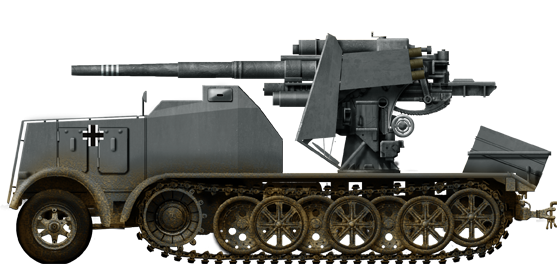
Description
The 8.8 cm Flak 18 (Sfl.) auf Zugkraftwagen 12t (Sd.Kfz. 8) consisted of a 8.8cm Flak 18 gun mounted on a pedestal in the rear of a Sd.Kfz. 8 half-track heavy artillery tractor ("DB s8" or "DB 9" model). A gun shield was provided for the 88, but the gun crew was completely exposed on its sides and rea, having no other protection but the shortened, reshaped gun shield. The driver's cab was replaced by a lower, armored cupola and the engine compartment was heavily (14.5 mm (0.57 in)) armored.The upper body had a crew compartment with three bench seats, one for the driver and his assistant, and two others for the gun crew. The gun was mounted behind the crew compartment. It could fire directly ahead without any problem, but traverse was limited to 151° to each side by the gun shield. Elevation was between -3° and +15°. The windshield could fold forward and was also removable.

"Bufla" in France, summer 1940. Src: https://panzer78.skyrock.com/3173732821-BUFLA-8-8cm-Flak18-Sf-auf-Zugkraftwagen-12t-Sd-Kfz-8-suite.html
Design and development
In the mid-1930s, most modern armies had standardized on anti-tank guns ranging from 37 mm to 45 mm. While adequate to knock out the tanks of the period, their relatively small, high-velocity rounds were ineffective against fortifications, even when high explosive ammunition was available for them. When planning for a war with Czechoslovakia, the German army needed a vehicle that could reduce armored gun turrets and concrete bunkers. Experience with the Flak 18 during the Spanish Civil War showed that it was effective against land targets such as bunkers and vehicles as well as against aircraft. For this reason, the Army Weapons Office asked for a more mobile version of Rheinmetall's 8.8 cm anti-aircraft gun.Daimler-Benz combined the best of both designs in the DB s7 prototype which appeared in 1934. It used the same engine as the ZD.5, but otherwise bore little resemblance to the older model other than an upper body that had two bench seats for the crew behind the driver's seat. This upper body remained the same over the life of the Sd.Kfz. 8. It weighed 14.4 tonnes (14.2 long tons; 15.9 short tons) and could pull loads of 12 tonnes (12 long tons; 13 short tons). An improved version was introduced in 1936 as the DB s8. The heavier (15 tonnes (15 long tons; 17 short tons)) DB 9 model appeared in 1938. It used the Maybach HL 85 TUKRM engine, could carry an 800 kilograms (1,800 lb) payload and could tow a 14 tonnes (14 long tons; 15 short tons) load. Daimler-Benz tried unsuccessfully to use their diesel OM 48/1 engine, but it was repeatedly rejected by the Army Weapons Office. Service history
All ten vehicles were assigned to the first company of the anti-tank battalion Panzerjäger-Abteilung 8 which participated in the Invasion of Poland in 1939, the Battle of France in 1940 and Operation Barbarossa in 1941. The company was redesignated as Panzerjäger-Kompanie ("Anti-Tank Company") 601 in January 1942 and then as the third company of Anti-Tank Battalion 559 the following April. It reported that the last three vehicles had been lost by March 1943.
See also:
http://www.materielsterrestres39-45.fr/fr/index.php/canons-automoteurs/43-allemagne-canons-automoteurs/766-buffa-8-8cm-flak18-sfl-auf-zugkraftwagen-12t-sd-kfz-8
https://www.valka.cz/8-8-cm-Flak-18-Sfl-auf-schwere-Zgkw-12t-SdKfz-8-t8904
http://lexikon-wehrmacht.de/Waffen/Bilderseitenneu/SdKfz8.htm
D.B. Sd.Kfz.8 specifications | |
| Dimensions | 7.35 m (24 ft 1 in) x 2.5 m (8 ft 2 in) x 2.77 m (9 ft 1 in) |
| Total weight, battle ready | 14,700 kg (32,400 lb) |
| Crew | 2 (driver, co-driver) + 11 troops |
| Propulsion | Maybach HL85 TUKRM 8.5L 12-cyl. water-cooled petrol 185 hp |
| Top speed | 51/21 km/h (32/13 mph) road/off-road |
| Payload | 2,550 kg (5,620 lb) |
| Transmission & suspension | 4 + 1 speed ZF - torsion bar |
| Maximum range (on/off road) | 250/125 km (160/78 mi) |
| Armament | None, but the 8.8 cm FLAK variant |
| Armor | 6 to 8 mm (0.2-0.3 in) |
| Conversions | c10 |
Gallery
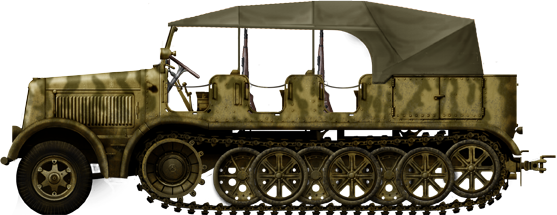
Basic Sd/Kfz.8 carrier

One of the ten 8.8cm Flak 18(Sf.) auf Schwere Zugkraftwagen 12t (Sd.Kfz.8) of the anti-tank battalion Panzerjäger-Abteilung 8 ever deployed, with victory markings on the barrel, France June 1940

Germans Tanks of ww2
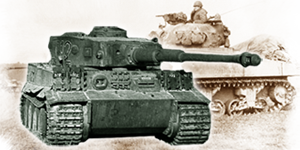
WW2 Tanks




























WW2 tanks posters
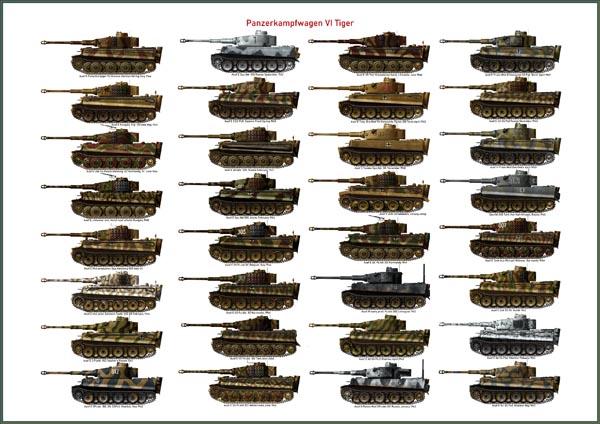
All Tiger tanks liveries.
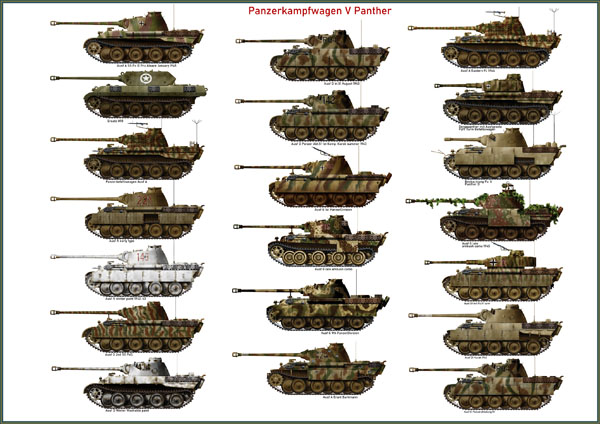
Panther liveries and variants
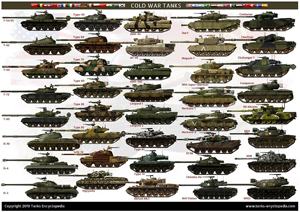
WW2 Armour - All tanks
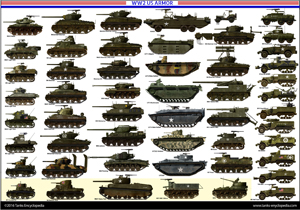










Tanks aces and single tanks series

Find more there

Museums, Movies, Books & Games
The Tanks and Armor in pop culture
Tanks and armored vehicles in general are only really grasped when seen first person: The mass, the scale, it's all there. Explore also the way tanks were covered in the movie industry, in books and in video games.Movies:
Best tanks movie on warhistoryonline.com
On imdb.com
On bestsimilar.com/
miltours.com
liveabout.com/
watchmojo.com
Video Games:
pcgamesn.com
historyhit.com
levvvel.com
vg247.com/best-tank-games
mmobomb.com/
alienwarearena.com
